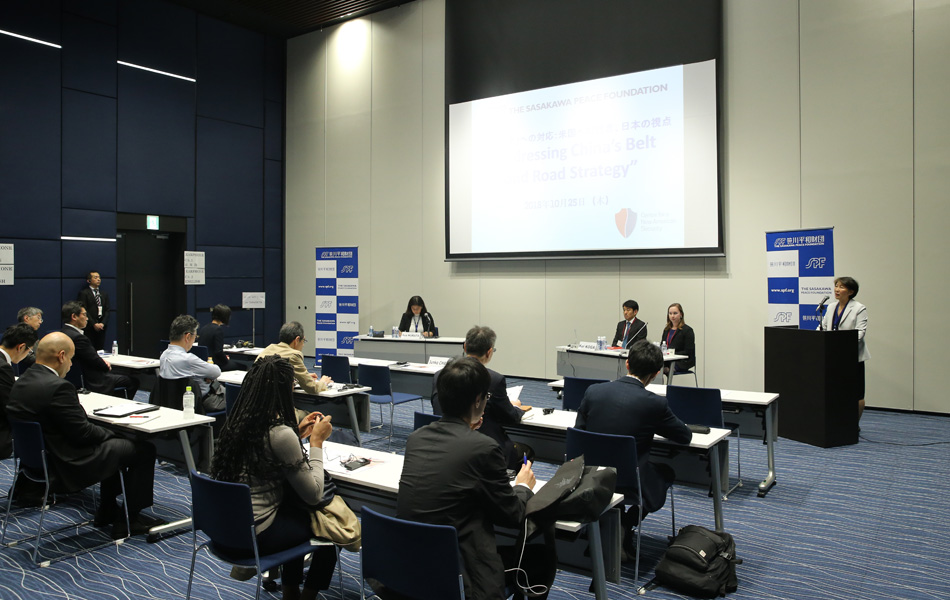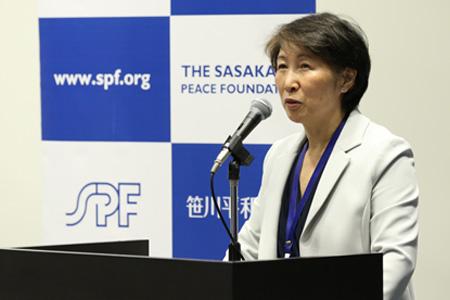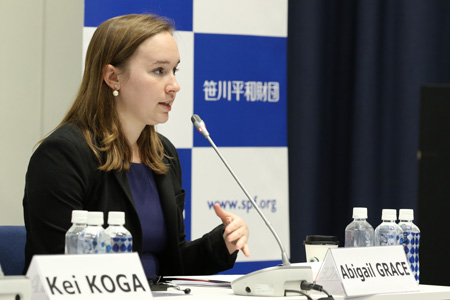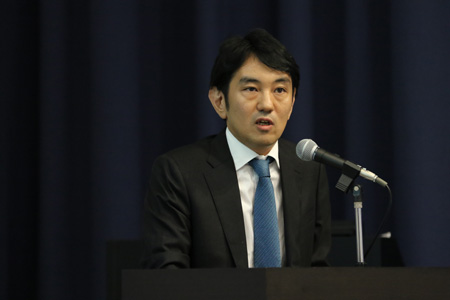Admiral Philip S. Davidson, former Commander of U.S. Indo-Pacific Command, assesses the Japan-U.S. alliance in the face of strategic challenges
SPF in cooperation with Sasakawa Peace Foundation USA welcomed Admiral Philip S. Davidson, former Commander of U.S. Indo-Pacific Command (USINDOPACOM), to the foundation for an event entitled "The Role of the Japan-U.S. Alliance in the Indo-Pacific in 2023: Russia-Ukraine War and China."



